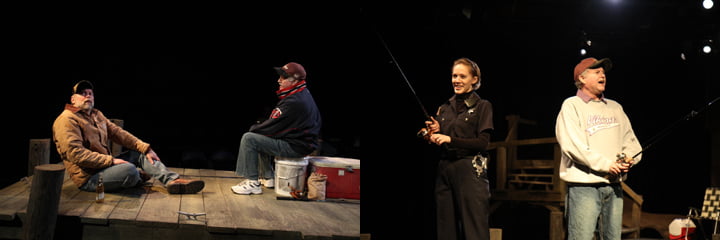

What’s most effective about Koike’s writing (the lively translation is by Deborah Boliver Boehm) is that she links the beleaguered family’s reluctance to accept the direness of their circumstances to a kind of habit of denial, a longstanding determination to push unpleasantness away. And the mechanism that keeps the plot moving is, inevitably, denial of the sort Misao describes - the stubborn refusal (until it’s too late!) to believe that what’s happening is in fact happening. For longer works like “The Graveyard Apartment,” there’s really only one basic plot available: A person (or a group of people) struggles to escape an impossible situation. “The successful ghost story,” the great English writer Robert Aickman remarked, “is akin to poetry and seems to emerge from the same strata of the unconscious.” All Aickman’s horror fiction is short. The short story is the ideal form for horror because it can convey a quick, vivid impression of fear, without having to extend the action past the breaking point of the reader’s credulity.

Because it’s so on-the-nose, though, it started me thinking about how plot works in horror novels. The idea expressed here, that a glimpse of other worlds beyond (or beneath) our own can make our accepted reality look mighty peculiar, is a common one in horror fiction Misao’s interior monologue just states it a bit more baldly than usual. Except that something isn’t quite right about this idyllic tableau. . .” Just an average family, living in a perfectly normal building, playing their parts to the hilt. A theater-of-the-absurd play about the daily routine of an utterly ordinary family living in a beautiful, sunny apartment, without a care or worry in the world. “Everything Teppei and I do these days - no, really, everything the four of us do, including Tamao and even Cookie - somehow feels as if we’re all acting in a play, she thought. (No wonder the price was so reasonable.) What seems to her artificial isn’t the strange things that have been happening in the building - the sudden death of a pet bird, a mysterious cold wind in the basement, an elevator that stops working at the most inconvenient times - but the day-to-day life she lives with her husband, her small daughter and her dog, which goes on as if nothing were happening at all. Martin’s, $25.99), after a scant three months of living in the title residence: a roomy eighth-floor flat that overlooks a temple, a burial ground and a crematory. “Suddenly it all struck Misao as impossibly artificial.” This epiphany comes to a middle-class Tokyo woman about halfway through Mariko Koike’s unnerving novel THE GRAVEYARD APARTMENT (Thomas Dunne/St.


 0 kommentar(er)
0 kommentar(er)
